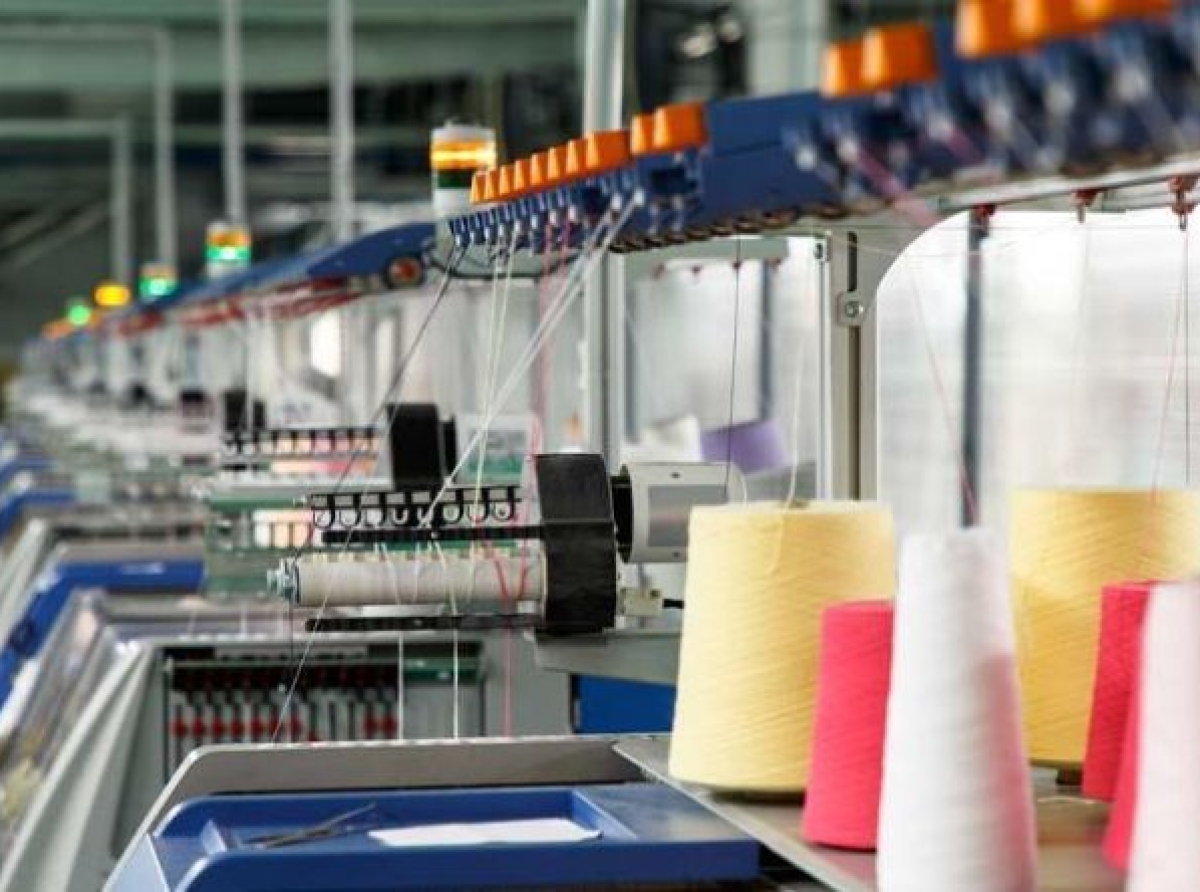30 September 2022, Mumbai:
As per industry estimate, the world apparel market size presently is approx US$ 1.7 trillion and constituting some 2% or thereabouts of the global GDP. The world offers a very skewed picture of how the global apparel pie looks as the EU, USA & China are accounting jointly for approximately 54% of the global share, likely to hit US$ 2.6 trillion by 2025 with a likely growth of 4%.
Global growth levers
Developing economies, like China & India, both clocking growths in double digits are the global apparel powerhouses likely to drive global growth. Whilst China, by all means, is set to dominate responsible for accreting more than US$ 378 bn in market size likely by 2025 while India also is best positioned as distant 2nd adding approximately US$ 121 bn, and this comes on the back of robust increase in Per capita apparel projected to rise by over 2x (CAGR of 9-11%) over next decade or so.
But at the same underpinning, the continued importance of the developed markets owing to their large size.
Deep dive
The article is trying to take measures of the effects of the world recession on the textile and apparel/garments (T&C) industries. It also takes a stock of how the textile global economy is getting affected by falling overall export demand to the US and the EU, economic headwinds & its far-reaching financial fallout leading to banking crisis threat and shrinking global trade.
The net importers of textiles goods & merchandise are broadly developed economies that remain, prominent consumers, & lead both in consumption & production of apparel/clothing up until now before the rise of Asia in the recent decades.
Concerns about a global recession
Given the present heightened tighter global financial conditions which potentially could spur a rise in debt distress sparing neither emerging market nor developing economies, and the more it all persists the harder it hurts. Underpinning what is triggering the global slowdown is stubborn inflation on the back of the extraordinary rising food and energy prices crisis, and with the Russia-Ukraine war No ending in sight, there is little chance of reversal at this juncture.
Considering the world economy is witnessing economic strong headwinds & a synchronized structural slowdown leading to a precipitous fall in global trade, supply shocks, and broken supply chains worsened by unequivocal policy uncertainties for a considerable time now. Adding to this near recessionary global trend in some sense was China's zero-COVID policy.
Russia @ war
It is well accepted globally now that the war between Russia and Ukraine has been no less than a black swan event hitting back to back post-covid 19 pandemic resulting in unprecedentedly weakening of the global economic/business environment and global credit issues.
The conflict deals a major blow to the global economy that will hurt growth and raise prices mindlessly. Most countries are regarding this event as the worst human tragedy post World War II besides inflicting serious global consequences beyond the suffering and humanitarian crisis unleashing unforeseen inflationary trends biting the common man all over the world.
A nuanced understanding of global recessions needs to recognize the vitality of emerging markets and developing economies (EMDEs) with the caveat of cross-border trade and financial linkages underpinning a globalized world where nobody is insulated/decoupled and let us say there is no place to hide.
Reckless rate hikes
There is no predictability/visibility as we write. The global central banks are under mounting pressure to maintain price stability against elevated inflationary expectations/outlook. Including the Fed most of the prominent central markets are relentlessly now raising rates at one of the fastest paces seen in decades. To drive the point 75 basis point (bps) rate hike by the US Fed very recently was the fifth in a row.
No gainsaying that major economies worldwide have steeply hiked interest rates on the back of hardened inflation. Here it is pertinent to mention stable prices are a necessary condition for persistent economic growth and inflation is inimical to growth. So it may sound cliché that sticky systemic imported inflation is serving no one's purpose.
In tandem RBI Monetary Policy 30 September 2022 also hiked repo rates by 50 basis points (bps) to 5.90%, and this is certainly a calibrated assessment of the macroeconomic variables, unfolding dynamic situation, and the inflation outlook. Citing on the occasion RBI, governor alluded, “ This as a third global storm in the form of aggressive central bankers stance after earlier two storms of COVID19 trepidation & Russia-Ukraine war”.
In summary
Everybody needs to keep the powder dry as war has unambiguously eroded near to mid-term global economic recovery/revival prospects post-pandemic. Living in uncertain times of fall in business confidence where you cannot take the eye off the ball. Arguably it will be too much of a bet to expect the economy to come out of this perfect global storm in a hurry given uncomfortably high global price pressures.
Global economists expect that albeit inflation though has peaked but more pains are ahead in FY23. The bad news is that the economic growth outlook globally is very pessimistic given the faster-than-predicted slowdown we have started to see. Naysayers have already begun to compare this unfolding situation to 'The Great Depression’ experienced between 1929 and 1939 as facts on the ground speak for themselves.
The most pressing issue in these trying conditions is leadership has to come from resilient economies like India which has got its house in order, markedly handled the pandemic well, and is looking relatively well as we write.
It is India's decade as lots of its underlying strengths are coming to the fore and semblance is there is a seminal mood shift. Eventually, together we will have to tick all the boxes right changing the narrative of our playbook to keep going as the cliché is this shall also pass.
Latest Publications


































